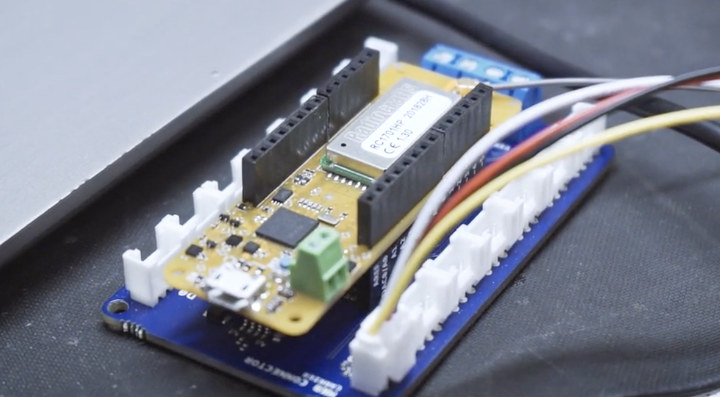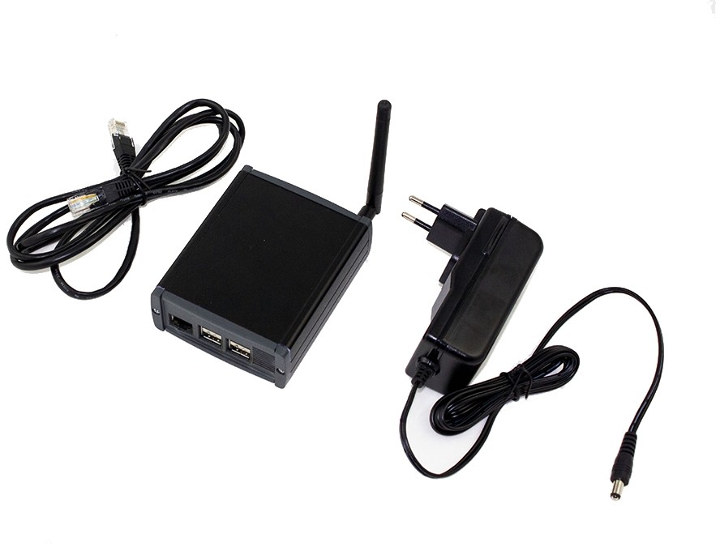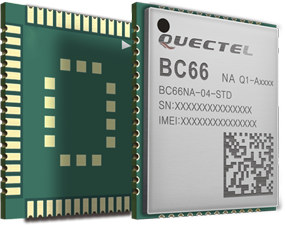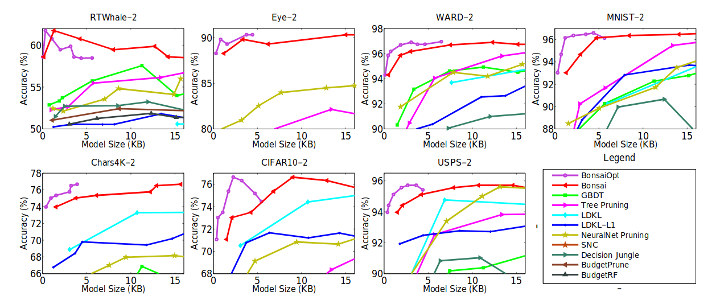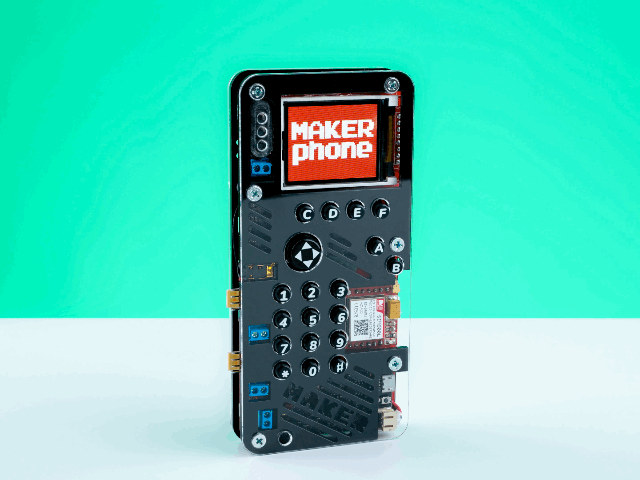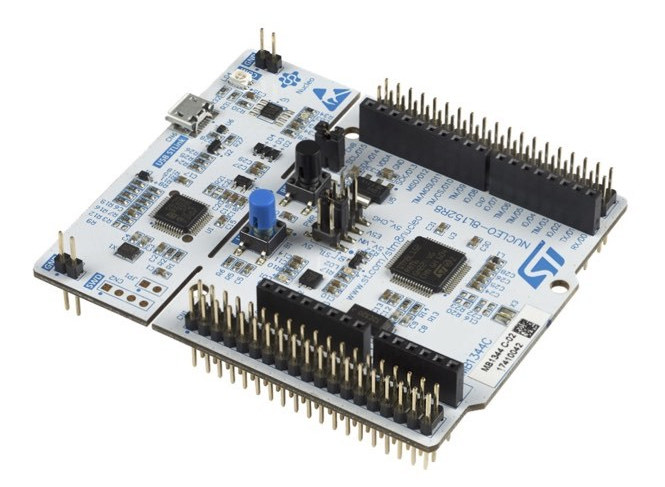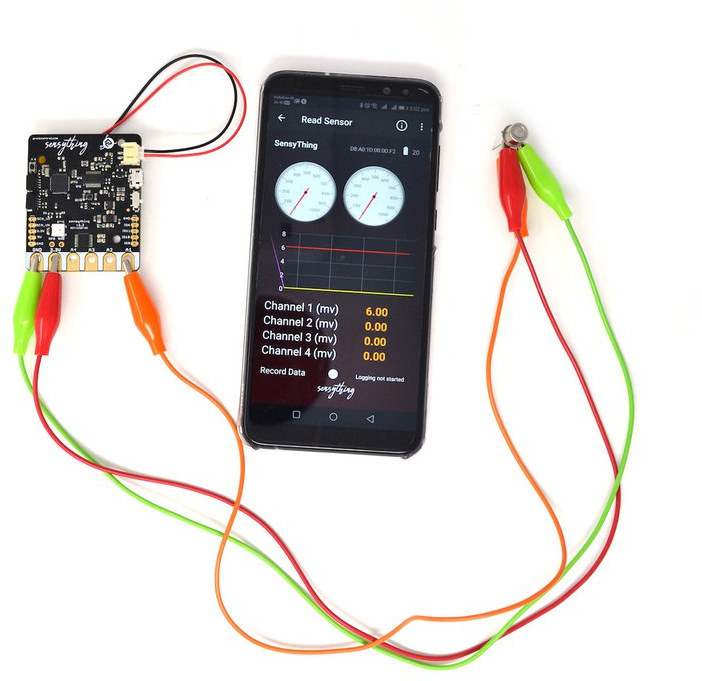LoRa, Sigfox, and NB-IoT are probably the most popular low power long range wireless protocols for the Internet of Things, but there are several others, including one I had never heard of: Wize. The Wize Low Power Wide Area Network (LPWAN) protocol has been created in late 2017, leverages the “old and refurbished” 169 MHz frequency, support up to 20 km range, 20-year battery life, and is managed by the Wize Alliance with members including STMicroelectronics, Suez, Sagecom, Renesas, Analog Devices, Silicon Labs and many others. Despite being a recent protocol, the table below claims 3 millions of deployment for Wize, and showcases some of differences against LoRa, NB-IoT, and Sigfox. You may be confused as how the standard was created in at the end of 2017, but there are so many deployments, and 13 years experience. It appears Wize is derived from the older EN 13757 standard for gas […]
Arduino PRO Gateway for LoRa Features Raspberry Pi 3 Board
Arduino has just introduced the Arduino PRO Gateway for LoRa based on Raspberry Pi 3 development board, a LoRa gateway mPCIe module, and a metal enclosure. The strange thing about this product is that it does not feature any Arduino MCU, so why did Arduino design it? That’s because it works as a LoRa gateway for their Arduino MKR WAN 1300 IoT nodes. The gateway is sold as a kit with a LoRa gateway Embit EMB-LR1301-mPCIe card with SX1301 baseband chipset, an adapter for Raspberry Pi, an aluminum enclosure, a Raspberry Pi 3 model B+, a 5V power supply, an Ethernet cable, and an external antenna. Specifications for the LoRa part of the gateway: Chipset – Semtech SX1301 Modulation – LoRa Spread Spectrum, FSK, GFSK 868MHz (EU) / 915MHz (US) Number of Channels – 8 LoRa Channels Operating Frequency – 868MHz (EU) / 915MHz (US) Frequency Range – 860MHz to 1020MHz Operating […]
Arduino Support for Quectel BC66 NB-IoT Module
Quectel has several LTE IoT modules such as BG96 with NB-IoT + eMTC connectivity, but the company has also a smaller, cheaper NB-IoT only module called Quectel BC66, and Georgi Angelov (Wiz-IO) informed me he implemented Arduino support for the module with BC66-DVK board. Let’s first have a look at BC66 specifications: Frequency Bands Available now – B1/B3/B5/B8/B20 Under development – B2/B12/B13/B17/B18/B19/B25/B26/B28/B66 Output Power – 23dBm ±2dB Sensitivity – -129dBm Data Data Rate Single-Tone: 25.5kbps (DL)/16.7kbps (UL) Multi-Tone: 25.5kbps (DL)/62.5kbps (UL) Protocol Stacks – UDP/TCP/CoAP/LwM2M/SNTP/MQTT/PPP/TLS/DTLS/HTTP/HTTPS/FTP SMS – Text/PDU Mode Interfaces – 1x USIM, 1x PSM _EINT, 3x UARTm 1x ADC, 1x RESET, 1x PWRKEY, 1x NETLIGHT, 1x antenna, 1x SPI, “OpenCPU” version only: 1x I2C, 1x I2S, and configurable GPIO Supply Voltage – 2.1 to 3.63V (3.3 typ.); I/O: 1.8V Power Consumption (Typ.) 3.5μA @PSM 0.29mA @Idle Mode (eDRX=81.92s) 0.43mA @Idle Mode (DRX=2.56s) 110mA @LTE Cat NB1, 23dBm Dimensions – […]
Singles’ Day 2018 Promotions on GearBest, Aliexpress, GeekBuying, Banggood…
Taking place every year in China on November 11, Singles’ Day is the equivalent of Black Friday and Cyber Monday in the US with shops offering large discounts on various products. The good news is that the event is not actually limited to China, since popular online shopping websites based in China will all organize events and promotions for overseas customers. I posted a list of Singles’ Day promotions in 2017, and I’ll do that again this year with promotions launched by shops like GeekBuying, Aliexpress, GearBest, and others, often starting in early November, and culminating on November 11 for the deepest discounts. GearBest GearBest will have two main Singles’ Day events: Deposit Expansion – To maximize your saving, GearBest implemented a “deposit expansion” policy. This is a FREE bonus that increases the worth of the deposit you made. Put a deposit in advance, get the extra discount when finalizing […]
Bonsai Algorithm Enables Machine Learning on Arduino with a 2KB RAM Footprint
Machine learning used to be executed in the cloud, then the inference part moved to the edge, and we’ve even seen micro-controllers able to do image recognition with GAP8 RISC-V micro-controller. But I’ve recently come across a white paper entitled “Resource-efficient Machine Learning in 2 KB RAM for the Internet of Things” that shows how it’s possible to perform such tasks with very little resources. Here’s the abstract: This paper develops a novel tree-based algorithm, called Bonsai, for efficient prediction on IoT devices – such as those based on the Arduino Uno board having an 8 bit ATmega328P microcontroller operating at 16 MHz with no native floating point support, 2 KB RAM and 32 KB read-only flash. Bonsai maintains prediction accuracy while minimizing model size and prediction costs by: (a) developing a tree model which learns a single, shallow, sparse tree with powerful nodes; (b) sparsely projecting all data into […]
$94 MAKERphone DIY Mobile Phone Supports MicroPython, Arduino IDE, and Scratch (Crowdfunding)
If you ever wanted to buy a mobile phone that you can assemble yourself, RePhone Kit Ctreate going for $59 is a nice option, but in truth it does not exactly look like your typical phone with its almost square shape. It’s also good to have more option, that’s exactly what MAKERphone is offering with a DIY mobile phone targeting the educational market. Beside the educational value of the assembly also involving some soldering skills depending on the selected kit, kids will be able to learn to program the phone with MicroPython, the Arduino IDE (C language), and/or Scratch visual programming. MAKERphone kit content and specifications: MAKERphone circuit board with 8x user LEDs for backlight (and special effects), 4-way mechanical joystick, 12-button numeric keypad, A, B, C, D, E, and F buttons, DS3231 RTC chip, vibrator… Main microcomputer module based on Espressif Systems ESP32 WiSoC with 802.11 b/g/n WiFi, Bluetooth […]
STMicro Introduces the First STM8 Nucleo Boards, STM8 Arduino IDE Support
While development boards based on STMicro STM8 8-bit MCU such as the “one dollar board” or the official STM8 Discovery boards have been around for several years, STMicro had yet to release a Nucleo board based on the microcontroller. The company has now unveiled not one, but two such boards with NUCLEO-8L152R8 and NUCLEO-8S208RB. Both boards will look similar as only the MCU differs. The former features a 16 MHZ MCU with 64 kB flash and 4KB SRAM, while the latter comes with a 24 MHz MCU with 128 kB flash, and 6KB SRAM.STM8 Nucleo board specifications: MCU (One of the other) NUCLEO-8L152R8 – STMicro STM8L152R8T6 8-bit MCU @ 16 MHz with 64 kB flash, 2KB EEPROM, 4KB SRAM NUCLEO-8S208RB – STMicro STM8S208RBT6 8-bit MCU @ 24 MHz with 128 kB flash, 2KB EEPROM, 6KB SRAM 4x LEDs – USB communication (LD4), 5V STLINK (LD3), User (LD2), Power (LD1) 2 […]
Sensything ESP32 Board Supports Multi-sensor Data Acquisition, Wi-Fi & Bluetooth (Crowdfunding)
We’ve previously covered to health related boards from Protocentral with HealthPi Raspberry Pi HAT measuring vitals signs, and HeartyPatch open source ECG patch powered by an ESP32 WiSoC. Today, I’ll write about another of their board – Sensything -, not directly related to health applications, but designed for multiple sensor’s analog and digital (I2C, GPIO) data acquisition, and designed around Espressif Systems ESP32 WiFi & Bluetooth SoC. Sensything specifications: SiP- Espressif Systems ESP32-PICO-D4 system-in-package with 4MB Flash, Texas Instruments ADS1220 ADC Wireless Connectivity 2.4 GHz WiFi with on-board PCB antenna, support for Station and Access Point (AP) modes Bluetooth 4.2 / Bluetooth Low Energy (BLE) USB – 1x micro USB port with FT230X (USB-CDC) Expansion I/O: Board-edge alligator clip compatible analog input connectors 2x Sparkfun Qwiic-compatible I2C ports 4x general-purpose I/O pins Analog Input details 4 channels single-ended, 2-channel fully differential Full-scale input range: ± 2.048 V to ± 0.016 […]


